If you search the outer reaches of the internet you will find all sorts of web sites and videos purporting to answer to free energy in the form of perpetual motion machines and other fantastical structures that bend the laws of physics to breaking point. We’d love them to be true but we have [Émilie du Châtelet] and her law of conservation of energy to thank for dashing those hopes. So when along comes a machine that appears to violate a fundamental Law of Physics, it’s reasonably met with skepticism. But the wind-powered vehicle built by [Rick Cavallaro] looks as though it might just achieve that which was previously thought impossible. It’s a machine that can move with the wind at a speed faster than the wind itself.
A fundamental law of sailing boats is that when they are sailing with the wind, i.e. in the same direction as the wind, they can’t sail faster than the wind itself. Sailing boats can go faster than the wind powering them by sailing across it at an angle to create lift from their sails, but this effect doesn’t work as the angle tends towards that of the wind.
The vehicle in the video below the break is a sleek and lightweight machine with a large propeller above it, which we are told is not the windmill power source we might imagine it to be. Instead it mimics the effect of a pair of sailing boats sailing across the wind in a spiral around a long cylinder, and thus becomes in effect a fan when turned by the motoin in the craft’s wheels. The drive comes from the wind working on the craft itself, and thus as can be seen from the motion of a streamer on its front, it can overtake the wind. It seems too good to be true at first sight but the explanation holds water. Now we want a ride too!
For fairly obvious reasons, the fantastical world of pseudo-physics isn’t our bag here at Hackaday. But if something might hold promise we’ll at least give it a look. Not all such things we cover turn out to change those Laws of Physics, though.


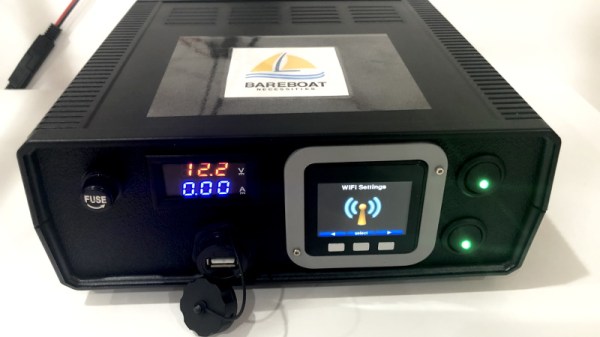
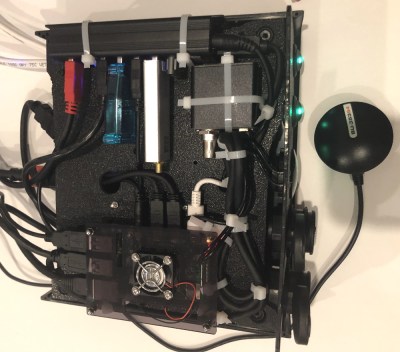
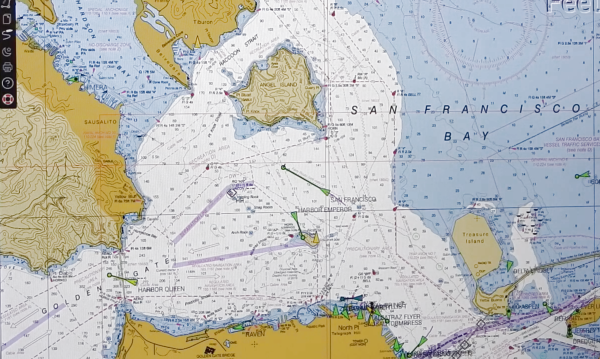
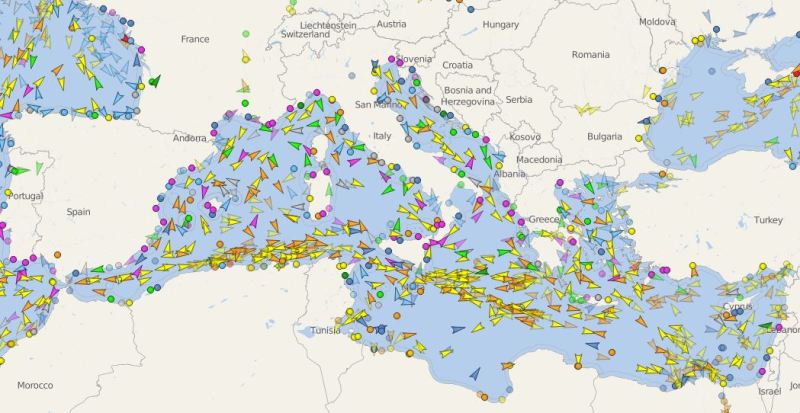


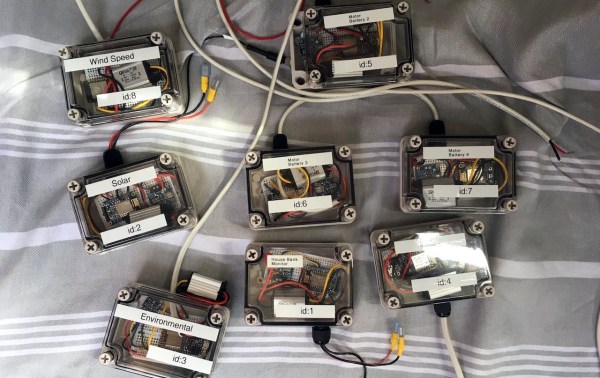

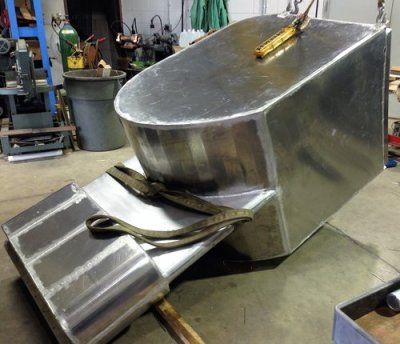 The boat’s design is definitely unusual, with a square aluminium hull of equal beam and length, and a very deep keel that has an emergency drinking water tank as its ballast. The sail is a square rig — imagine picture-book images of Viking ships for a minute — and it has two rudders. We are not nautical engineers here at Hackaday, but reading the descriptions of the boat we understand it to have more in common with a buoy in the way it handles than it does with a sleek racing yacht.
The boat’s design is definitely unusual, with a square aluminium hull of equal beam and length, and a very deep keel that has an emergency drinking water tank as its ballast. The sail is a square rig — imagine picture-book images of Viking ships for a minute — and it has two rudders. We are not nautical engineers here at Hackaday, but reading the descriptions of the boat we understand it to have more in common with a buoy in the way it handles than it does with a sleek racing yacht.








